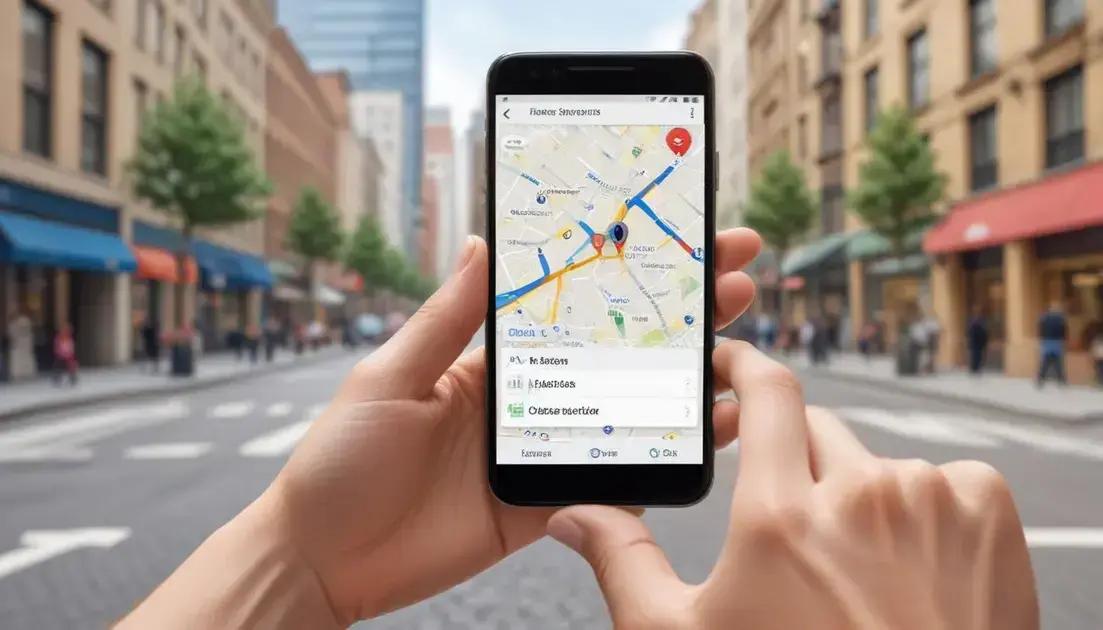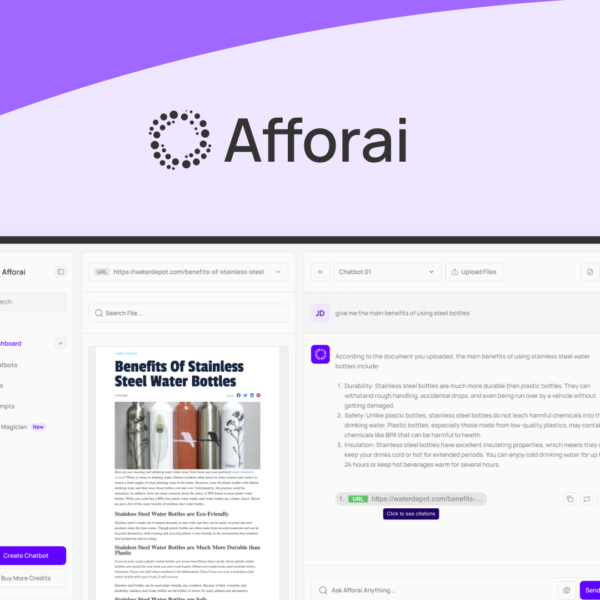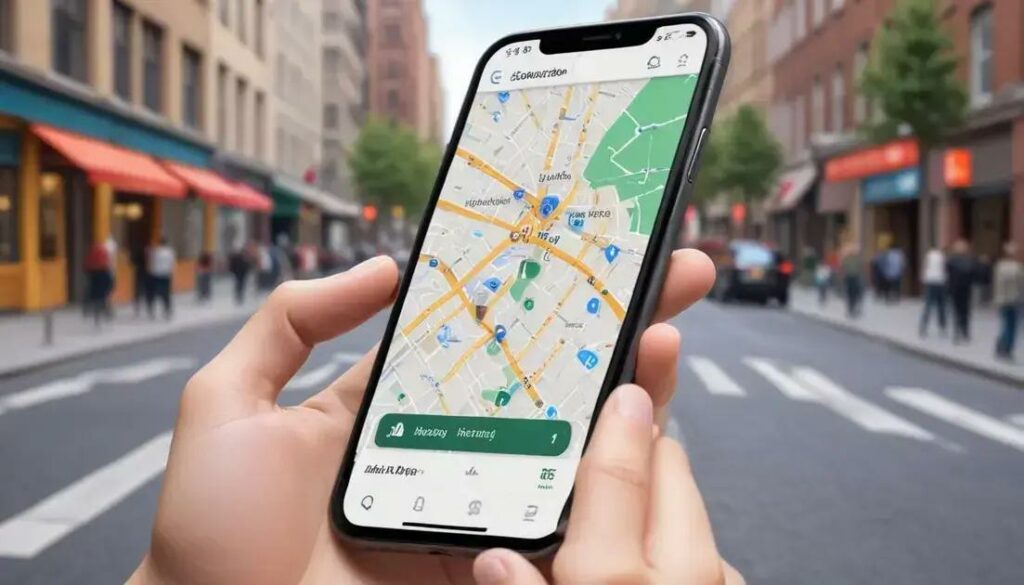Address lookup plays a vital role in location-based apps, bridging the gap between coordinates and the addresses we recognize. Discover how this crucial tool enhances user experience and application functionality.
Introduction to Location-Based Apps
Location-based apps are a big part of our daily lives. These apps help us find directions, local restaurants, and even friends nearby. By using GPS and address lookup, they can turn coordinates into readable addresses. It’s cool how they know where we are and help us navigate easily!
How Do Location-Based Apps Work?
These apps use a mix of technology. They connect your device to satellites. This tells the app exactly where you are. Next, the app uses address lookup to identify your location. This means changing those tough coordinates into actual street addresses.
Everyday Examples
Think about apps like Google Maps or Uber. When you need a ride, you enter your address. The app uses address lookup to find you and send a driver. This makes everything quick and easy!
Why Are They Important?
Location-based apps make our lives simpler. They help us find places, explore new areas, and even recommend nearby activities. All this is possible because of accurate address lookup. It helps users feel more connected to their surroundings.
The Importance of Address Lookup

Address lookup is a key part of location-based apps. It helps turn GPS coordinates into real addresses that people can understand. This makes it much easier for users to navigate and explore. Without it, using maps would be more challenging!
Why Is Address Lookup Needed?
When you want to find a place, you enter an address. The app uses address lookup to find out where that address is located. This process makes searching and directions quick and accurate.
Benefits of Address Lookup
Using address lookup improves user experience in several ways. First, it saves time. You can easily find nearby restaurants or stores. Second, it reduces errors in navigation. Apps can guide you with correct directions when they have accurate address data.
How It Works
Address lookup often uses something called geocoding. This is the process that matches addresses to specific places on a map. When you search for an address, the app’s system works behind the scenes to get the right info.
The Impact on Businesses
For businesses, address lookup can enhance services. It allows companies to provide better delivery options or precise location information. Customers appreciate fast and reliable service, and accurate addresses help achieve this.
Geocoding and Reverse Geocoding Explained
Geocoding is an important process in location-based apps. It helps turn addresses into GPS coordinates. When you enter an address, geocoding finds its exact spot on the map. This is how apps can provide directions and show locations accurately.
What Is Geocoding?
Geocoding takes a written address and translates it into latitude and longitude. These coordinates are used by maps to pinpoint places. For example, if you type “123 Main St”, geocoding finds its location in the real world.
How Does Reverse Geocoding Work?
Reverse geocoding does the opposite. Instead of turning addresses into coordinates, it takes GPS data and finds the nearest address. If you’re standing at a location, it can tell you that you’re at “123 Main St”.
Why Are These Processes Important?
Both geocoding and reverse geocoding are essential for user-friendly apps. They allow users to search for places quickly and easily. When you ask for directions, geocoding provides a route. When you want to see where you are, reverse geocoding gives you the address.
Real-World Examples
Apps like Google Maps use these processes all the time. When you look for a coffee shop, geocoding finds its coordinates. If you use the app to know your current address, reverse geocoding does the job. This makes navigation simple and effective.
Ensuring Accuracy in Geolocation Apps

Accuracy in geolocation apps is super important for a great user experience. When these apps work well, they help users find places quickly and easily. But how do developers ensure this accuracy? It involves several key steps.
Data Quality Matters
First, apps need high-quality data. This means using reliable address databases for correct information. If the data is outdated, it can lead to wrong directions and frustrated users.
Regular Updates
Another key factor is regular updates. The world changes quickly, and so do places. Businesses move, streets change names, and new buildings pop up. Keeping the app updated helps maintain accuracy and builds user trust.
Testing and Feedback
Thorough testing is also vital. Developers should test apps in real-world scenarios. User feedback can highlight issues or inaccuracies. Listening to user input helps improve the app’s performance.
Using Advanced Technology
Technology plays a big role too. GPS accuracy, for example, can be boosted with the help of satellites. Apps can also use Wi-Fi or cell towers to strengthen their location data.
Importance of User Settings
Lastly, allowing users to adjust settings can help. Users may want to turn on precise location features when necessary. This ensures they get the most accurate results regardless of where they are.
Technological Approaches in App Development
In today’s world, technological approaches in app development are key to creating successful apps. Developers use different tools and methods to make their apps work well. Here are some popular approaches.
Agile Development
One common approach is agile development. This method allows teams to develop apps in small, quick phases. They can make changes based on user feedback right away. This keeps the app aligned with user needs.
Cross-Platform Development
Another approach is cross-platform development. This lets apps run on different devices without starting from scratch. Tools like React Native or Flutter allow developers to create apps for both iOS and Android. This saves time and money.
Cloud-Based Solutions
Using cloud-based solutions is also popular. Developers can store data and run applications using cloud services. This means users can access apps from anywhere, adding convenience and flexibility.
User-Centered Design
User-centered design puts the focus on the user. Developers conduct research to understand user needs and preferences. This way, apps are built with the end-user in mind, making them more engaging and easier to use.
Integration of APIs
Integrating APIs is important too. APIs allow different software to communicate. This can enhance app functionality, like adding payment options or social media sharing. It helps create a richer user experience.
Security and Privacy Considerations

Security and privacy are critical in location-based apps. Users share personal data, and it’s vital to protect that information. Here are some key factors to consider.
Data Encryption
One way to keep data safe is through encryption. This process converts information into a code. Only authorized users can read it. Encryption helps prevent data breaches and unauthorized access.
User Consent
Another important factor is user consent. Apps should ask users for permission before collecting their data. Clear explanations help users understand why their data is needed and how it will be used.
Staying Compliant
Apps must follow privacy laws and regulations. Laws like GDPR and CCPA protect user information. Compliance not only keeps users safe but also builds trust in the app.
Transparency in Data Use
It’s essential to be transparent about data usage. Users should know what data is collected and how it’s utilized. Providing a privacy policy can help explain these details.
Regular Security Audits
Conducting regular security audits is also vital. These audits check for weaknesses in the app. Fixing any issues helps maintain strong security measures and protects user data.




